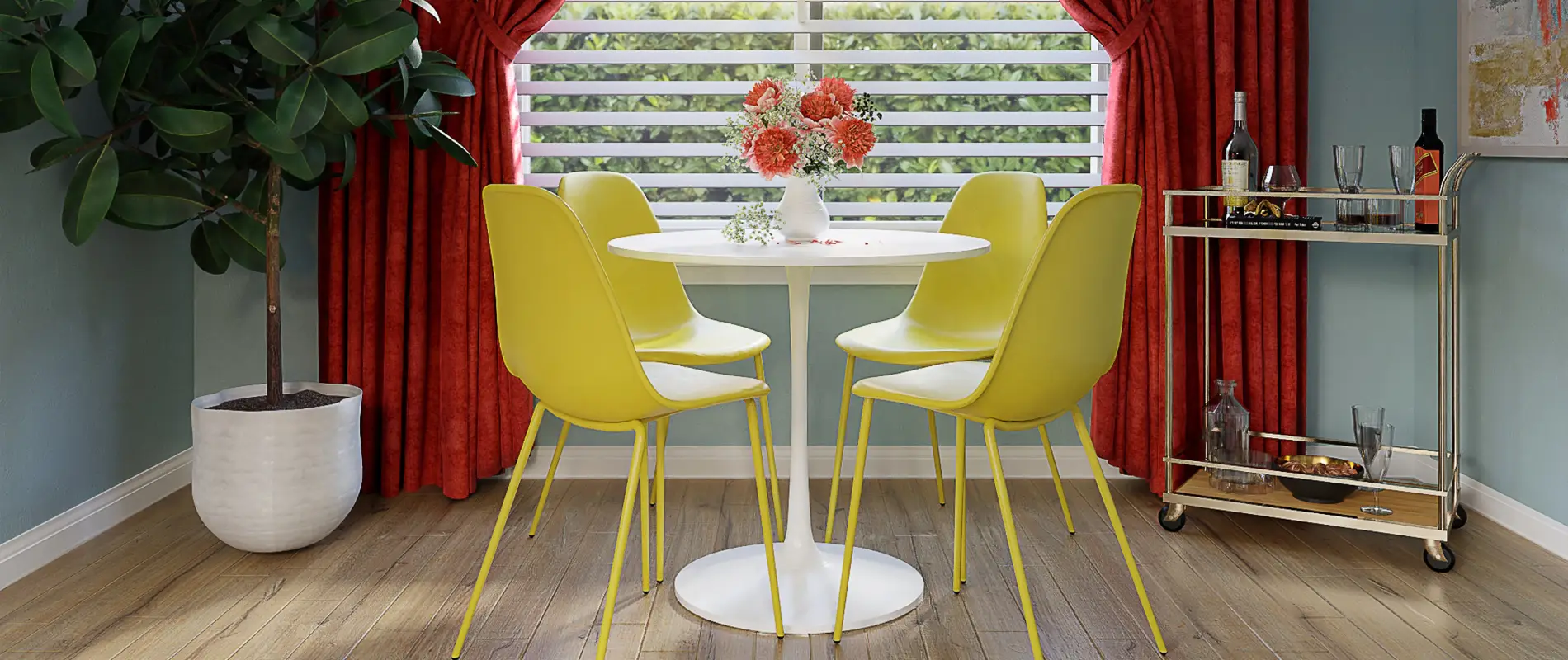A captivating heading that may span multiple lines
Welcome to this sample blog post written in British English. In this section, you will find a mixture of short and long sentences, designed to mimic a realistic blog entry. Imagine settling down with a steaming cup of tea whilst reading about fascinating topics related to travel, design, or everyday life. It may feel a touch whimsical, but that is precisely the charm of an engaging blog piece.
For instance, one might discuss how to effectively organise a home office or plan the perfect afternoon picnic by the lake. The point is to entice readers with relatable anecdotes, peppered with bits of advice here and there. You could mention the best spots for a countryside walk or the ideal way to arrange your bookshelf so every title remains within easy reach. At the end of the day, each reader hopes to discover something new, even if it is just a small insight that brightens their routine.
Curiously, the world is brimming with ever-changing trends, especially when it comes to technology, wellness, or even the art of letter-writing. British English carries its own delightful quirks, such as the preference for “colour” instead of “color” or “theatre” rather than “theater.” These subtle differences add a dash of local flavour that readers across the globe often find charming.
A secondary heading to go much deeper into the topic
Now, let us take a closer look at how one might weave practical tips into a blog post. Perhaps you are sharing ideas on how to stay motivated during a particularly challenging time, or you might be describing the latest trends in indoor gardening. The important thing is to keep your voice authentic and your tone inviting. Try not to overwhelm your audience with overly complex language; instead, aim for a balance of clarity and personality.
Below are a few points that can help elevate any blog post:
- Draft an outline first, ensuring a coherent flow from one heading to the next.
- Include personal anecdotes or small stories to capture the reader’s attention.
- Use bullet points, numbered lists, and short paragraphs to break up large blocks of text.
- Maintain a cohesive style, whether it be casual, professional, or somewhere in between.
- Always consider your audience’s interests and curiosities.
By following these suggestions, you can keep your readers engaged, leading them smoothly through every twist and turn of your narrative. Ultimately, a well-planned structure combined with a genuine personal touch will transform even the simplest topics into enjoyable, informative reads.
A subtopic heading exploring additional details
Have you ever pondered the best way to optimise your daily schedule? Many people struggle to balance productivity with leisure time, and it often helps to write about real-life strategies that can guide your readers. For example, you might recommend taking a brisk walk in the morning to clear one’s mind or suggest jotting down a quick gratitude list before bed to cultivate a positive outlook. Such tips resonate when shared in a friendly, conversational manner.
Moreover, storytelling can be a powerful tool in your blogging arsenal. Describing how you nearly missed an early train on your way to an important meeting, only to be rescued by a thoughtful neighbour, humanises your writing and gives readers something to relate to. People come to blogs not just for facts, but for connection and authenticity. Combining these personal tales with practical advice breathes life into your words.
On a more technical note, ensuring your blog has a logical structure is crucial. Readers appreciate the clarity of well-defined headings, subheadings, and bullet points. Each of these elements aids in navigation and helps readers locate specific sections that interest them the most.
A more detailed subsection heading for final thoughts
In this final section, consider how you wish to leave a lasting impression. Summarise key points from your previous paragraphs, emphasising any insights you particularly wish to stand out. Whether it is an anecdote, a piece of advice, or a personal reflection, tie everything together in a concise, memorable way.
One tried-and-tested method for concluding a blog post is to pose a question to your audience. Encourage them to share their thoughts or experiences, ensuring they know their input is valued. After all, the best blog communities are those built on genuine interaction between writer and reader.
Remember that every blog post, whether short and snappy or long and in-depth, should exude its own sense of warmth and personality. By mixing short, catchy sentences with more elaborate passages and using British English terms like “flavour”, “organise”, or “favourite”, you can create a piece that feels simultaneously familiar and distinctive. Above all, do not be afraid to experiment with style and structure, allowing your unique voice to resonate from start to finish.
Keep up to date
More from our blog
105 Road Name, Lisboa, Portugal
1002345
Help center
© Copyright – Made with MaxiBlocks






Leave a Reply